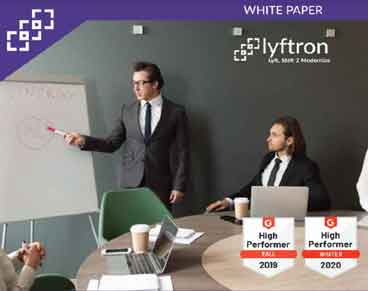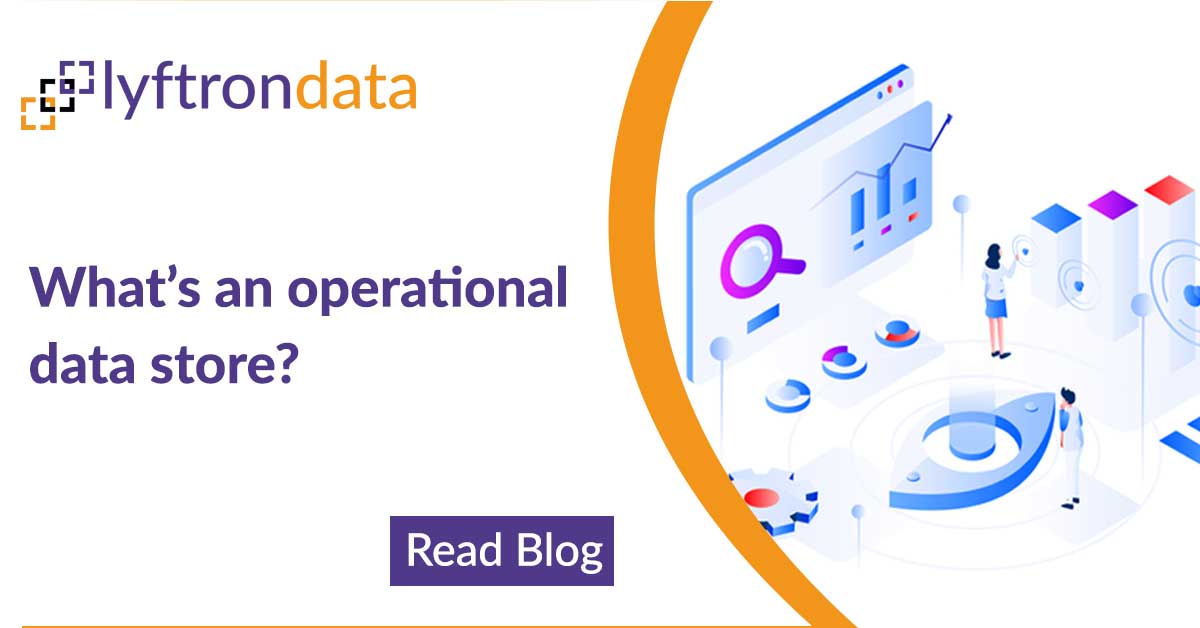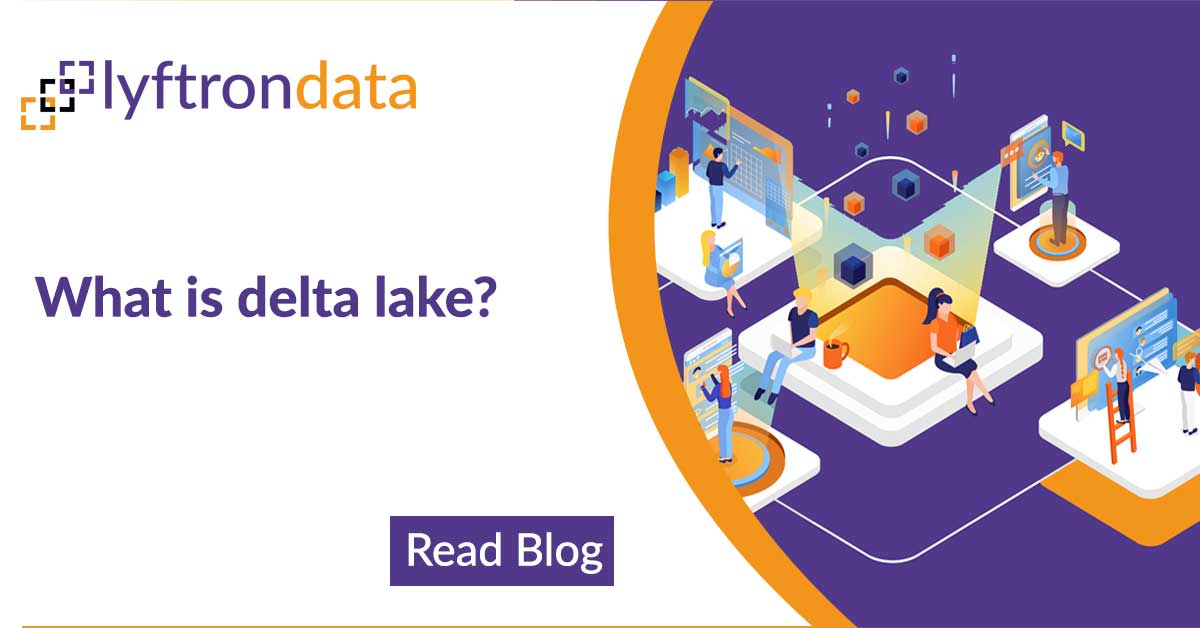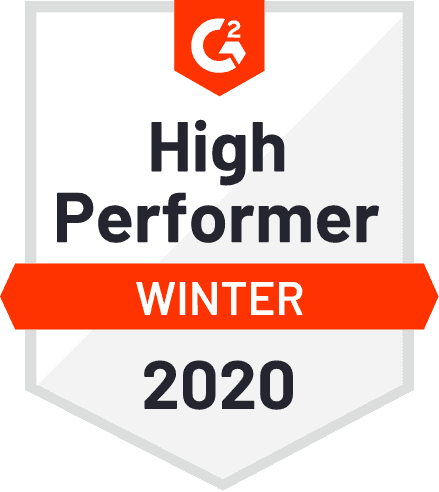Explore the best-performing ETL/ELT tools currently in the market and why should you choose them. Read our blog.
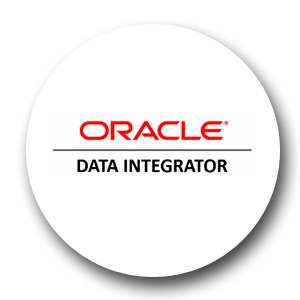
ETL tools are the key factors to extract data from various sources. Oracle is one such tool that is a boon for data. Whether you want to pour your data into a warehouse, or preserve it in a data lake, Oracle is a one-stop destination that will get your work done in no time. Oracle transforms the data to make it compatible, and loads it safely into the destination system. It is a powerful tool that easily consolidates the data and streamlines a varied and diverse range of data.
Oracle Data Integrator (ODI) is a part of Oracle’s data management ecosystem that is fully loaded with sophisticated tools and features. It comes in two forms: cloud version (known as Oracle Data Integration Platform Cloud), and on-premises. With many peripheral features, it’s a game-changer for many users. Oracle Data Integrator is a powerful tool with tons of options.For a database developer who uses SQL a lot, ODI is the best option. It gives a database developer a free hand. As an ELT tool, it takes the power and does not rely on the server.
Its user-friendliness and excellent scalability makes it the right solution for most enterprises.
- It is best at extracting and transforming data.
- With Oracle, you can easily deal with a great amount of data in a hassle-free manner.
- It can be used with multiple sources.
- It has superior performance.
- The voluminous data it processes may hinder speed.
- The customer support system is lacking especially in solving ODI issues quickly.
- It may be too costly for many enterprises.
- It may be too costly for many enterprises.
Why do enterprises prefer Lyftrondata over Oracle Data Integrator?
Lyftrondata comes with a built-in enterprise data governance framework complying with all necessary rules and a robust data-lineage model that follows high-quality controls and governance mechanisms. With Lyftrondata's robust and secure sharing framework, you can enable governance on your data hub and easily maintain one-to-one, one-to-many and many- to-many relationships with your customers and partners.
![]()
Matillion does data transformation for cloud data warehouses. It is a new generation data ETL tool used to move data to cloud-based platforms. It provides tools to gain strong business through data efficiency. It can meticulously integrate data with giant warehouses like Redshift, Snowflake, and others. Transformations can be done through a simple point-and-click interface.
Matillion uses a wizard-based pipeline to replicate data from popular data sources into a cloud data warehouse. The data loader makes it simple to replicate data. The loader has numerous integrations and provides a 360-degree view of all data sources. It is designed and built for the cloud.
ELT extracts data from the source, loads it unchanged into a target platform-such as a cloud data warehouse-and then transforms the data by harnessing the power of the cloud.
Its approach is optimized for the cloud and overcomes the challenges of the legacy ETL solution.
- Matillion makes it very easy to design the pipeline workflow.
- It effectively debugs any issue at a very granular level.
- It is quick and new upgrade features are frequently added.
- Matillion is very responsive to the needs and requirements of the users.
- Matillion lacks data retrieval as we cannot get the data back from the warehouse.
- The pricing models are a little too pricy.
- It lacks detailed user explanations impacting user-friendliness.
- It is not efficient at variable handling.
Matillion vs. Lyftrondata and Lyftrondata excels!
Lyftrondata out-performs in ELT. Data preparation with Lyftrondata includes cleaning, structuring, and enriching raw data into the desired output for analysis. Lyftrondata matches Matillion’s capabilities while being more cost-effective and user-friendly.
Why data-driven enterprises can move away from traditional ETL/ELT platforms today?
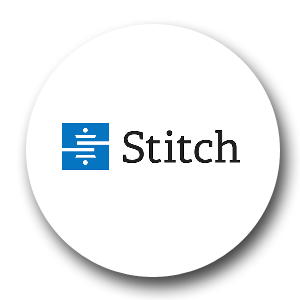
Stitch is an open-source ELT data integration platform, now being acquired by Talend. It sets itself apart by offering self-service ELT and automated data pipelines, making the
process simpler.
It puts data into a proper schema as an additional feature. Stitch, also, turns data ingestion from third-party APIs into a one-click task. Stitch’s user interface makes it easy to configure which tables should be replicated, and how they should be replicated.
- It is very economical and meets user accessibility needs.
- It is excellent at replicating relational databases.
- It manages the conversion of the data types and schemas.
- It is not very effective in replicating document stores.
- It is unable to replicate the same source to multiple sinks.
- Integrations require resyncing too frequently.
Do you know Lyftrondata has more to offer than Stitch?
Lyftrondata empowers users to avoid creating time-consuming code and use SQL to query any data, both structured and semi-structured. Our Warehouse supports automatic zero code Json/XML/API parsing to relational format. Analyze instantly with ANSI.
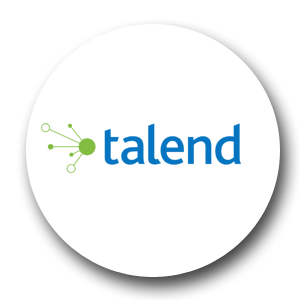
Talend is used for ETL and system integrations. It provides GUI-based rapid development of jobs using its components. With Talend, it becomes temptingly easy to extract data, dump it in Excel and forward it for analysis. It includes many components for cleansing and managing reference and transitional data.
Talend’s user interface allows for quick builds and testing. The tool encourages a consistent approach for processing steps. This makes it easier to understand the workflow.
Future of Talend ETL
Talend is an open-source data integration tool that offers both free and commercial versions. It works with both on-premise and cloud-based data sources. It provides software to integrate, cleanse, mask and profile data.
It has a great future, good momentum, and the developer community, and enterprise users will increase over the period. It is a great tool for building quick data pipelines using the drag-and-drop approach.
- Talend runs fast and long without any issues.
- It efficiently handles multiple data sources.
- It offers a wide range of transformation components to get work done easily.
- It offers numerous connectors/components to meet most needs.
- The installation and the settings are not user friendly.
- User help and technical support is lacking.
- Being Eclipsed-Based IDE, it has a tendency to be a little slow and inefficient.
- It is not so easily available and thus its inaccessibility can be a little problematic.
Did you know?
With Lyftrondata, you can easily manage access rights for users and roles on various levels of granularity. Lyftrondata uses users and roles for access management. Permissions can be assigned on a per-user or per-role basis. Lyftrondata comes with several predefined roles and simple permission management setup.
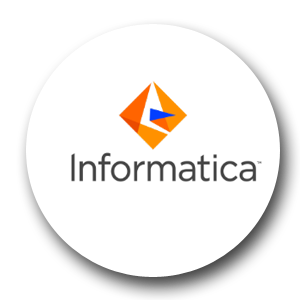
Informatica is an enterprise-class, database-neutral solution. It is a feature-rich enterprise data integration platform for ETL workloads. It bears a high-performance reputation and excellent compatibility with many different data sources.
It has the fame of being the most powerful ETL tool. It provides data integration services for various businesses and government organizations as well.
It is an enterprise, extract, transform, and load (ETL) used in building enterprise data warehouses. It can work with several traditional database systems. The tool has comprehensive support for data governance, monitoring, master data management, and data masking.
- People with little experience in programming can use it very effectively.
- It has the prowess to process huge records with no performance issues.
- It is a good tool to manage data and is very compatible with modern applications.
- It can be comfortably used with multiple source types.
- The installation is tedious and can prove to be a little uncomfortable for users.
- The licensing fee charge is excessive and cost prohibitive for many enterprises.
- It cannot leverage high computing capability and thus can pose a challenge in this area.
- It is too costly to fit the budget and pocket of most users.
Why does Lyftrondata rank better than Informatica?
Lyftrondata supports a user-defined recurrent task called a job which is used along with a scheduler. Automated data type mapping keeps detecting and loading incremental data to the target. With Lyftrondata, users can get a list of recently executed statements under the execution history.
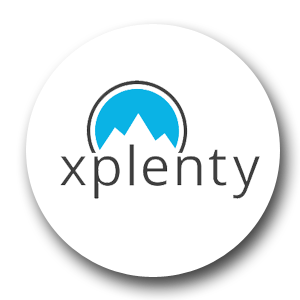
Xplenty is a cloud-based, low-code data integration platform. From designing data flows to scheduling jobs, Xplenty can process both structured and unstructured data. It integrates with a variety of sources, both natively and through a REST API connector. The Xplenty platform offers a simple, intuitive visual interface for building data pipelines between many sources and destinations.
Something you should know about Xplenty
More than 100 popular data stores and SaaS applications are packaged with Xplenty. The list includes MongoDB, MySQL, PostgreSQL, Amazon Redshift, Google Cloud Platform, Facebook, Salesforce, Jira, Slack, QuickBooks, and dozens more. Scalability, security, and excellent customer support are a few more advantages of Xplenty. For example, Xplenty has a new feature called Field Level Encryption, which allows users to encrypt and decrypt data fields using their own encryption key. Xplenty also makes sure to maintain regulatory compliance to laws like HIPPA, GDPR, and CCPA. Thanks to these advantages, Xplenty has received an average of 4.4 out of 5 stars from 93 reviewers on the G2 website and has been named one of G2’s “Leaders” in the field of ETL tools.
Why is Lyftrondata a better choice than Xplenty?
Lyftrondata makes the data available in minutes and automates data workflows using SQL, thereby cutting down the development, cost, time and efforts by 80%. Lyftrondata’s modern architecture provides row level access security to the users, making it easy to share your data without writing a single piece of code while providing more security than ever before.
- Great, quick, responsive support. Free unlimited hours of sandbox.
- The user experience is positive. Every feature has been simplified unlike in other enterprise ETL tools.
- Great way to easily integrate different data sources into a single warehouse.
- Sometimes when a job fails, it's hard to determine the cause from the provided error log.
- It can be difficult to debug errors in complex Xplenty flows.
- Error logs are not always informative. Transforming JSON or other nested data is not trivial.
Skyvia
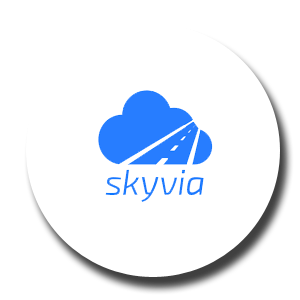
Powered by Devart company (a widely recognized vendor of database connectivity solutions, founded in 1997), Skyvia is the universal cloud data platform for data integration. It is a no-coding wizard-based solution that meets the needs of both IT professionals and business users with no technical skills. Skyvia supports the most popular cloud apps and on-premise data sources, including Salesforce, Dynamics CRM, Quickbooks Online, SQL Server, Amazon Redshift, Google BigQuery and more.
- Free plan available
- Lots of integration features
- Scheduling
- No coding.
- Flexible price.
- Convenient UI.
- Smooth data integration.
- Skyvia focuses on the “extract” and “load” stages of ETL, with very limited functionality for transformations.
- Skyvia offers few integrations and connectors in comparison to other ETL tools.
- A few users have complained about problems with delayed and unresponsive customer support when encountering technical issues.
Do you know why enterprises prefer Lyftrondata over Skyvia?
Lyftrondata's modern architecture provides columnar-level access security to the users making it easy to share your data without writing any code while maintaining it more securely than ever before. Lyftrondata comes with a built-in notification system to alert you when a source is changed.
AWS Glue
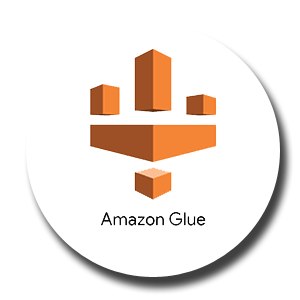
AWS Glue is a fully managed ETL service from Amazon Web Services intended for big data and analytic workloads. As a fully managed, end-to-end ETL offering, AWS Glue is intended to take the pain out of ETL workloads and integrate well with the rest of the AWS ecosystem. Notably, AWS Glue is serverless, which means that Amazon automatically provisions a server for users and shuts it down when the workload is complete. AWS Glue also includes features such as job scheduling and “developer endpoints” for testing AWS Glue scripts, improving the tool’s ease of use.
Is AWS Glue a good choice?
AWS Glue users have given the service generally high marks. It currently holds 3.9 out of 5 stars on the business software review platform G2, where it has been named a “Leader” in the field of ETL tools. However, it is less flexible than other tools, and typically best suited to users who are already within the AWS ecosystem.
- Very quick for an ETL job.
- Users can create and schedule ETL Job in a few steps.
- Sample Code is very basic and not available in most scenarios.
What makes Lyftrondata a better choice than AWS Glue?
Lyftrondata uses the industry leading log-based change data capture technology to continuously detect and load incremental changes with minimal impact on source systems. With Lyftrondata's data virtualization capabilities, link cross platform sources easily and quickly, without moving the data.
What exactly is Lyftrondata?
Lyftrondata is a modern data platform that provides real-time access to any data, and enables users to query them with simple ANSI SQL. With Lyftrondata, enterprises can build data pipelines in minutes and shorten the time to insights by 75% with the power of modern cloud compute of Snowflake and Spark.
The modern data platform eliminates the time spent by engineers building data pipelines manually and makes data instantly accessible by providing real-time access with simple ANSI SQL. Lyftrondata’s pre-built connectors such as ServiceNow, Zendesk and many more to automatically deliver data to warehouses in normalized, ready-to query schemas and provide full search on data catalogue. Whether you want to build a governed data lake, data warehouse, or simply want to migrate from your traditional database to a modern cloud data warehouse, do it all with Lyftrondata. Simply create and manage all your data workloads on one platform by automatically building your pipeline and warehouse. Analyze it instantly with ANSI SQL, BI/ML tools, and share it without worrying about writing any custom code. Boost the productivity of your data professionals and shorten your time to value. Lyftrondata helps to automatically normalize API/JSON/XML/S3/Blob/NoSql sources into a ready-to-query relational format.


